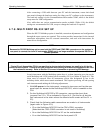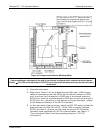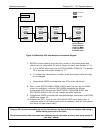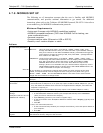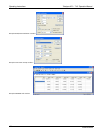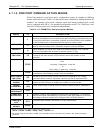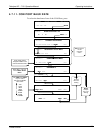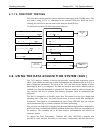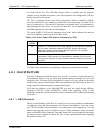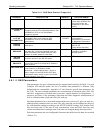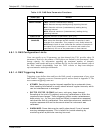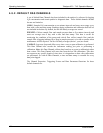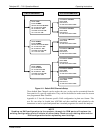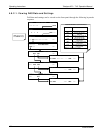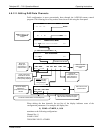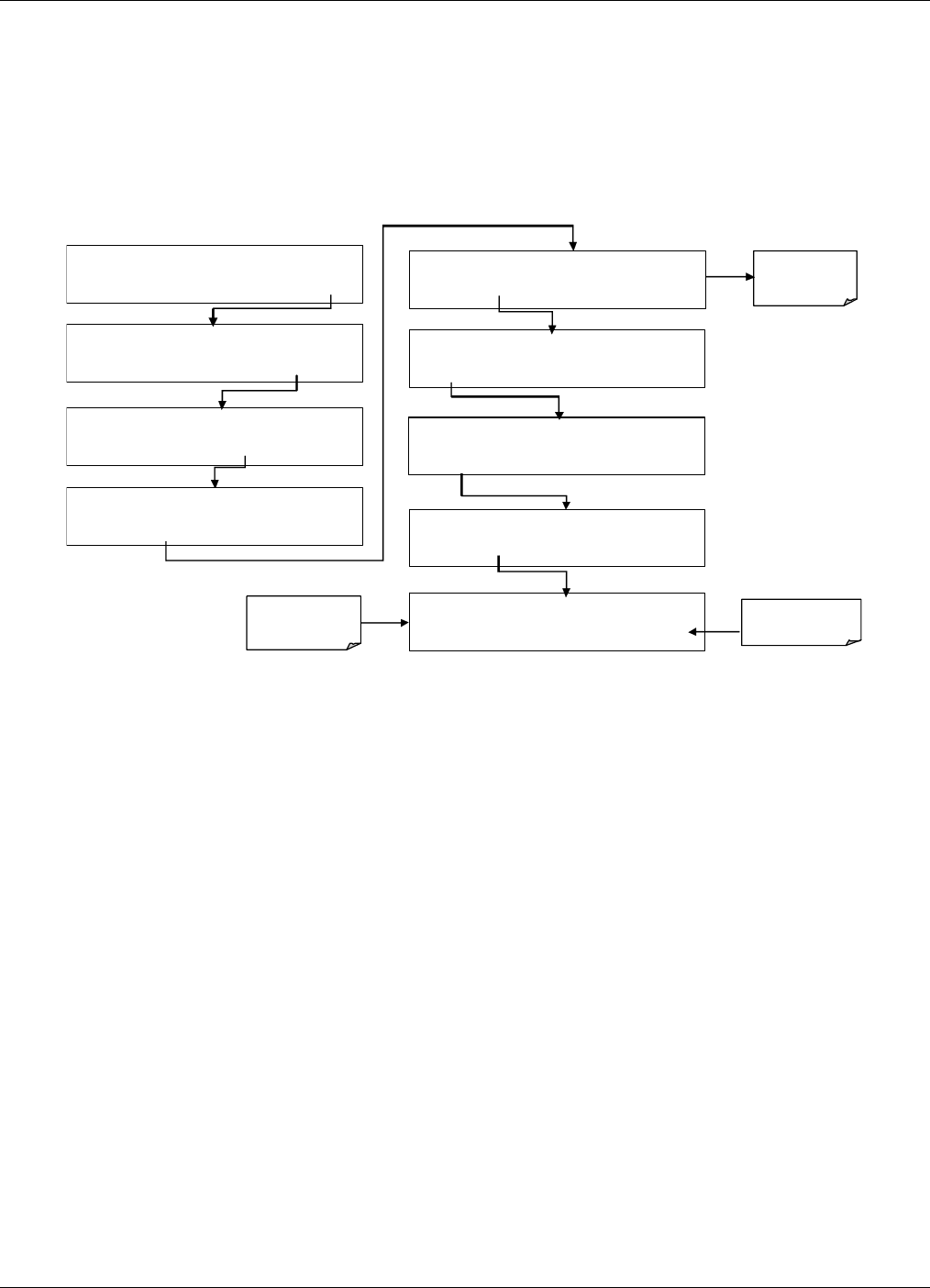
Operating Instructions Teledyne API – T101 Operation Manual
124
4.7.12. COM PORT TESTING
The serial ports can be tested for correct connection and output in the COMM menu. This
test sends a string of 256 ‘w’ characters to the selected COM port. While the test is
running, the red LED on the rear panel of the analyzer should flicker.
To initiate the test press the following button sequence .
SAMPLE RANGE = 500.0 PPB H2S =XXX.X
< TST TST > CAL SETUP
SAMPLE ENTER SETUP PASS : 818
8 1 8 ENTR EXIT
SETUP X.X PRIMARY SETUP MENU
CFG DAS RNGE PASS CLK MORE EXIT
SETUP X.X SECONDARY SETUP MENU
COMM VARS DIAG EXIT
Select which
COM port to
test.
SETUP X.X COMMUNICATIONS MENU
ID INET COM1 COM2 EXIT
SETUP X.X COM1 : TEST PORT
<SET TEST EXIT
SETUP X.X TRANSMITTING TO COM1
<SET TEST EXIT
SETUP X.X COM1 MODE:0
SET> EDIT EXIT
SETUP X.X COM1 BAUD RATE:19200
<SET SET> EDIT EXIT
EXIT returns to
COMM menu
Test runs
automatically
4.8. USING THE DATA ACQUISITION SYSTEM (DAS )
The T101 analyzer contains a flexible and powerful, internal data acquisition system
(DAS ) that enables the analyzer to store concentration and calibration data as well as a
host of diagnostic parameters. The DAS of the T101 can store several months of data,
depending on how it is configured. The data are stored in non-volatile memory and are
retained even when the instrument is powered off. Data are stored in plain text format for
easy retrieval and use in common data analysis programs (such as spreadsheet-type
programs).
The DAS is designed to be flexible, users have full control over the type, length and
reporting time of the data. The DAS permits users to access stored data through the
instrument’s front panel or its communication ports. Using APICOM, data can even be
retrieved automatically to a remote computer for further processing.
The principal use of the DAS is logging data for trend analysis and predictive diagnostics,
which can assist in identifying possible problems before they affect the functionality of
the analyzer. The secondary use is for data analysis, documentation and archival in
electronic format.
To support the DAS functionality, Teledyne API offers APICOM, a program that
provides a visual interface for remote or local setup, configuration and data retrieval of
07266B DCN6485



